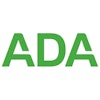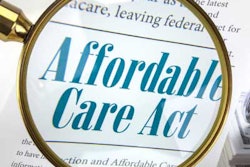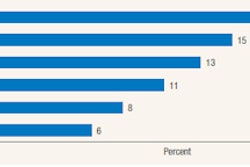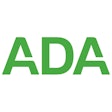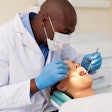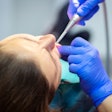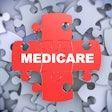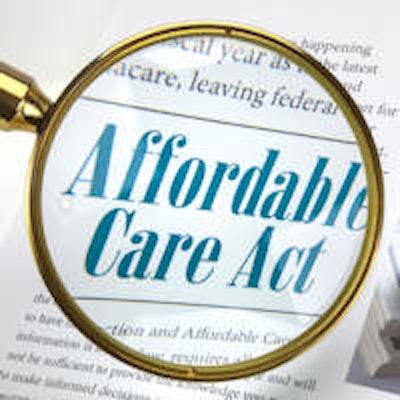
In a somewhat surprising finding by ADA researchers, more young adults are getting dental coverage under the healthcare policies of their parents as a result of the Patient Protection and Affordable Care Act (ACA).
Although the ACA allows parents to keep their children on their medical insurance up to age 26, there is no similar requirement for dental coverage. Health insurers were required to provide the extended coverage after September 2010.
Now, a positive "spillover" effect of the ACA -- increased dental coverage, more utilization of dental care, and greater affordability of such care -- is detailed in a new report by ADA researchers (Medical Care, August 2014, Vol. 52:8, pp. 715-719). The reform act's positive effects on dental care for young adults stems from employers' voluntary expansion of dental coverage, which dovetails with the expansion of medical coverage, the study authors found.
ADA Health Policy Institute researchers Marko Vujicic, PhD; Cassandra Yarbrough, MPP; and Kamyar Nasseh, PhD; examined the impact of the ACA policy on three outcomes: dental benefits coverage, dental care utilization, and financial barriers to dental care.
Background
New links between oral and overall body health are continually being discovered. Routine dental care and oral disease prevention are the most critical aspects of oral health, the researchers noted, and studies show that investing in these areas could avoid future healthcare needs and costs.
Adult access to dental care has fallen steadily since the early 2000s, largely because of a steady erosion of dental benefits. Fewer adults have private dental coverage, and many states do not provide adult dental Medicaid benefits. The downward trend is particularly pronounced for young adults: Almost 1 in 5 adults younger than age 35 foregoes needed dental care because he or she can't afford it, and studies show more young adults are resorting to emergency rooms to treat dental emergencies.
In addition, when looking at dental care utilization rates across life spans, use falls sharply around age 18, and young adults have some of the lowest utilization rates of any age group in the U.S., the study authors noted.
Dental benefits are automatically extended to dependents if they are part of a medical plan. But this policy does not apply to standalone dental plans, and most dental coverage is through such plans.
However, some employers have voluntarily extended dental coverage to cover workers' children, probably because it is a benefit that is highly valued by employees who see it as an important way to control dental costs.
Methods
In the new report, the ADA researchers analyzed the National Health Interview Survey, comparing data in 2011 and 2012 -- after the ACA's expanded coverage took effect -- with the prereform period from 2008 to 2010. They compared statistics for adults ages 19 to 25 (the expanded range of coverage) to that of adults ages 26 to 34.
The researchers analyzed private dental benefits coverage, whether a person visited a dentist at least once in the prior year, and whether they faced financial barriers in getting needed dental care during that period.
Results
Relative to the period prior to the ACA, private dental coverage among adults ages 19 to 25 increased 5.6 percentage points in 2011 (p < 0.001) and grew 6.9 percentage points in 2012 (p < 0.001), compared with adults ages 26 to 34. Since the prereform coverage rate for this group was 37.5%, it was a significant increase. With the gains, the postreform private dental coverage rate grew to 43.9% in 2012.
Also, dental care utilization among the younger group increased 2.8 percentage points in 2011 (p = 0.062) and grew 3.3 percentage points in 2012 (p = 0.038), compared with adults ages 26 to 34. And dental care for adults ages 19 to 25 became more affordable, as financial barriers dropped from 18.9% in 2010 to 14.1% in 2012.
Conclusion
Because dental care services for adults are not an essential health benefit under the ACA, little direct impact on coverage for, and access to, dental care was expected, according to the researchers.
"Our findings show, however, that the ACA dependent coverage policy was associated with an expansion of private dental benefits coverage for adults aged 19-25," the researchers concluded. "This is despite the fact that the dependent coverage policy does not apply to private dental benefits. Our findings are consistent with the hypothesis that employers, the near-exclusive source of private dental benefits coverage in the United States, voluntarily expanded dental benefits coverage to dependents as part of the ACA. In our opinion, this can be viewed as a positive 'spillover' effect of the ACA."



